On boxes and socks: reducing waste in international arbitration
Tops of socks make Professor Steve Evans of Cambridge University really angry. Apparently 11 billion tops of socks are cut off and discarded every year. According to Professor Evans, who is Director of Research at the Centre for Industrial Sustainability, part of Cambridge University's Institute for Manufacturing “Around 90% of the resources we process to create goods are not reaching the person for whom they are made, 50% of edible food is not eaten, and only about 50% full loading is achieved in freight trucks in the UK.” Professor Evans has dedicated the last twenty years to identifying what he calls “invisible waste”, looking not at what has been manufactured, but at what has been wasted in the process. Click here for the full article with Professor Evans.
Professor Evans is irritated by the tops of socks. For us its tiny packages rattling around in oversized cardboard boxes.
Thinking about socks and boxes got us thinking about invisible waste in international arbitrations. Just like the sock or the car manufacturer, we focus on manufacturing the ‘product’, (the pleading, the oral argument, the cross-examination, the deliberations, the arbitration award) and we disregard the waste that we generate along the way. Here I am not thinking merely of quantifiable waste in relation to sustainability issues, but also of waste in relation to time and resources. It could well be that if we took a different approach to our ‘manufacturing’ process and focused on the reduction of all waste, including material waste as well of waste of time and money, we might end up with a more streamlined and possibly more effective product. The second edition of the ICC Commission Report on Controlling Time and Costs in Arbitration makes a number of sensible, practical recommendations. It highlights choosing arbitrators with case management skills to control the process. It exhorts counsel to “avoid unnecessary repetition” of arguments and recommends that parties consider agreeing to limit the length of submissions. Implementing these recommendations and improving use of technology across the board in arbitration would streamline the process and has distinct synergies with the drive to reduce the carbon footprint of an arbitration. It seems to us that moving the focus of the debate about time and costs and reframing it as a broader notion of ensuring efficiency in arbitration might result in behavioural change, particularly if emphasis was placed on reduction of waste and sustainable behaviour as well as reducing time and costs.
One of the drivers behind the Green Pledge was to get the arbitration community to replicate the efforts that we all make at home in our work. Taking a fresh look at how we work in terms of reducing waste of all kinds could also promote a move towards more efficient arbitrations. It might even improve the quality of our product.
